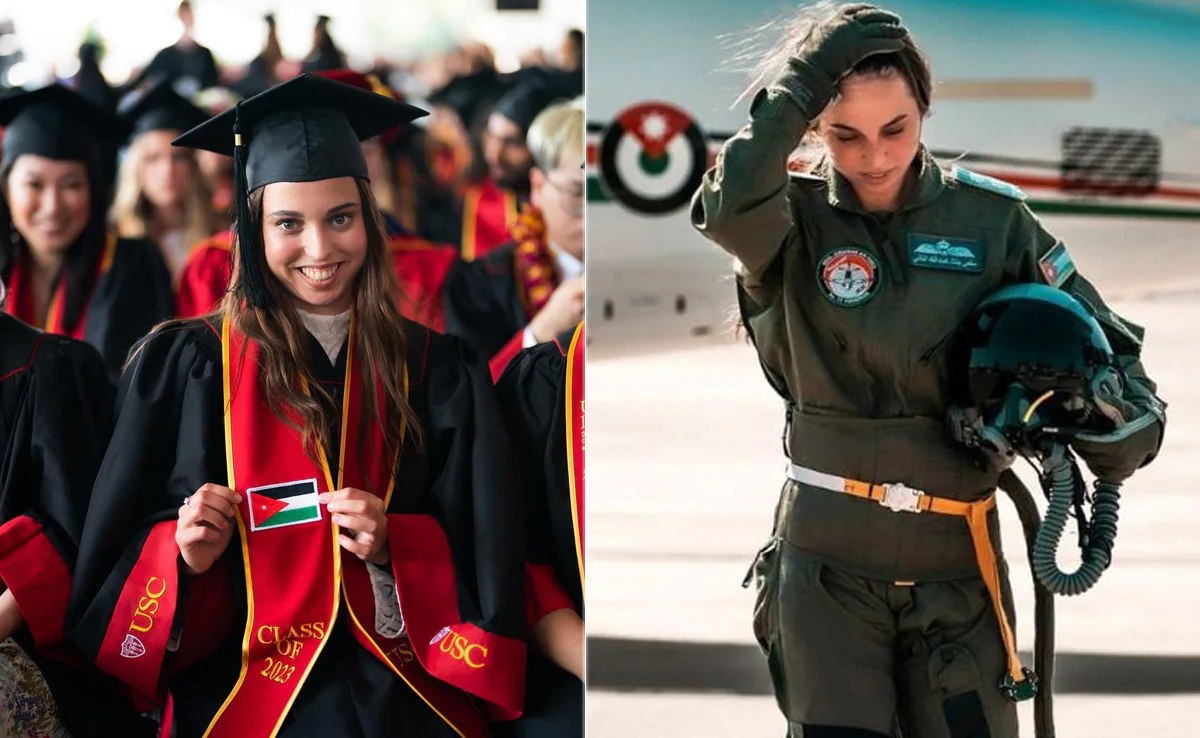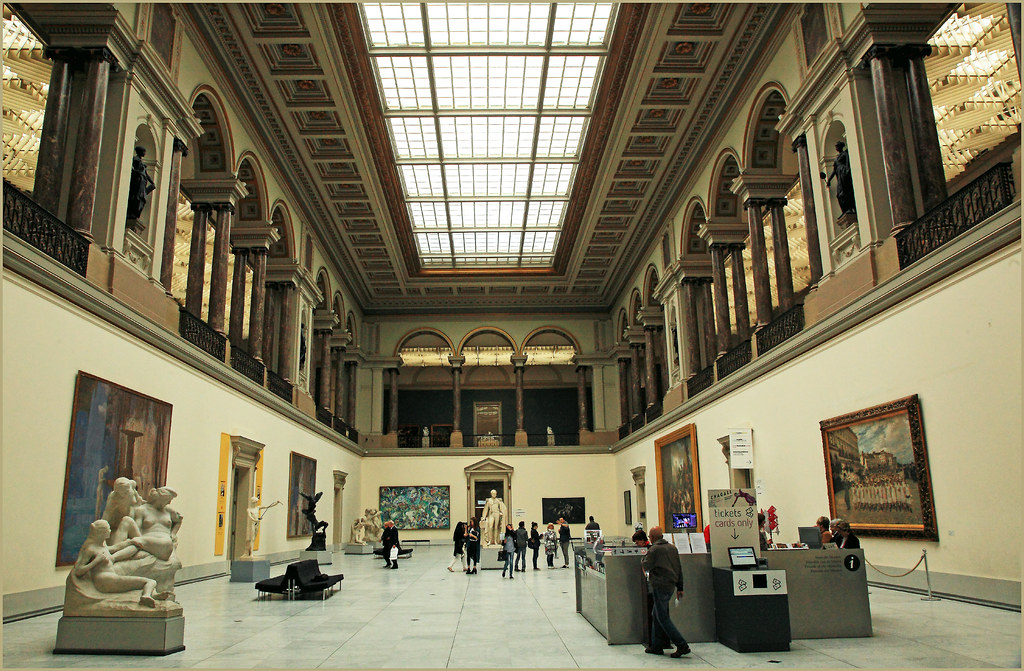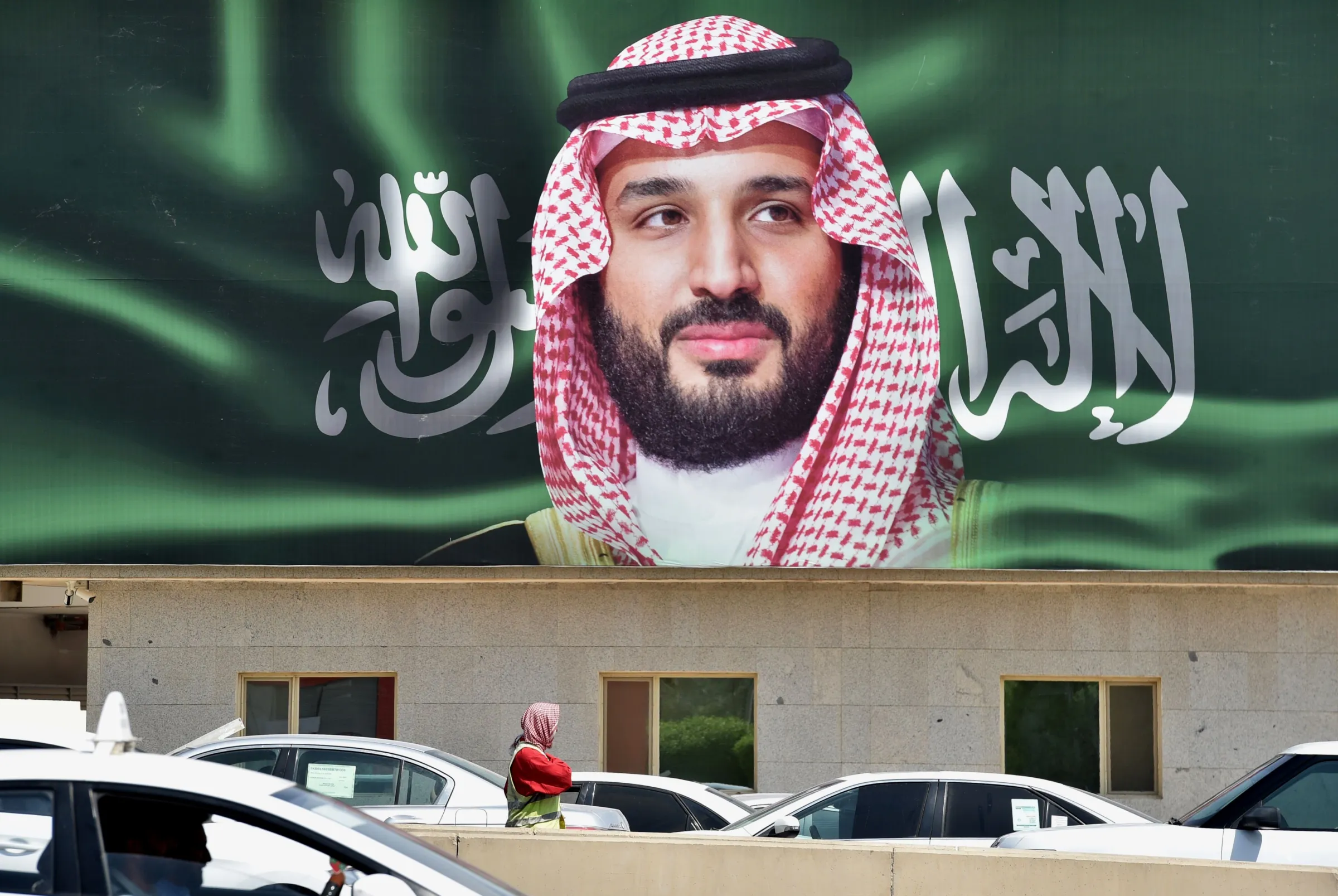mchec.org – Princess Salma bint Abdullah, the daughter of King Abdullah II of Jordan and Queen Rania, has carved her own unique path within the Jordanian royal family by making history as one of the first women in the country to receive Royal Air Force pilot wings. With a deep commitment to both her military career and serving her country, Princess Salma has emerged as a symbol of empowerment, breaking barriers and inspiring young women across Jordan and the Arab world.
A Royal Upbringing and Strong Family Ties
Born on September 26, 2000, in Amman, Jordan, Princess Salma bint Abdullah is the youngest daughter of King Abdullah II and Queen Rania. Growing up in a family that emphasizes service, leadership, and national pride, Princess Salma was exposed to the responsibilities and expectations that come with being part of Jordan’s ruling royal family. Her siblings, including Crown Prince Hussein and Princess Iman, also embody these values, creating a strong and cohesive family unit that is dedicated to the well-being of the Jordanian people.
From a young age, Princess Salma showed an interest in service and leadership, taking inspiration from her father, King Abdullah II, who himself had a distinguished military career. Her education, both in Jordan and abroad, laid the groundwork for her future accomplishments, equipping her with the skills and discipline necessary to pursue her goals.
Making History in the Military
In 2020, Princess Salma made headlines when she became one of the first women in Jordan to receive a Royal Air Force pilot’s wings, a significant milestone in the country’s efforts to promote gender equality within the military. Her accomplishment was celebrated as a moment of pride for the nation, symbolizing the progress that Jordan has made in encouraging women to take on leadership roles in traditionally male-dominated fields.
Princess Salma’s achievement was not only a personal triumph but also a step forward for women in the Arab world, where female participation in the military has historically been limited. Her success highlighted Jordan’s commitment to modernizing its military forces and empowering women to serve in various capacities, from aviation to leadership roles.
This historic moment was marked by a ceremony attended by her family, including King Abdullah II and Crown Prince Hussein, who both expressed pride in Princess Salma’s dedication and perseverance. Her accomplishment stands as a testament to her discipline, hard work, and the support of her family, who have long championed the cause of women’s empowerment in Jordan.
A Symbol of Women’s Empowerment in Jordan
Princess Salma’s success as a pilot is part of a broader movement in Jordan aimed at expanding opportunities for women across all sectors of society. Under the leadership of King Abdullah II and Queen Rania, Jordan has taken significant steps to promote gender equality, particularly in areas like education, employment, and leadership. Princess Salma’s achievement is a reflection of these efforts, as she continues to inspire young women to pursue their dreams, regardless of the barriers they may face.
Her role as a trailblazer in the military serves as a powerful example for future generations of Jordanian women, proving that they can excel in any field, including those traditionally reserved for men. In a society where women’s roles are evolving, Princess Salma’s accomplishments encourage other young women to pursue careers in fields such as aviation, science, technology, and leadership.
Education and Future Prospects
Like her siblings, Princess Salma has prioritized education as a key component of her personal and professional development. She attended the International Academy Amman, a school founded by her mother, Queen Rania, before continuing her studies abroad. Her education, combined with her military training, has provided her with a well-rounded foundation for future success.
While Princess Salma’s career as a pilot is still in its early stages, her groundbreaking achievement suggests that she will continue to play a significant role in the Jordanian military and beyond. Her dedication to service, combined with her strong academic background and leadership qualities, position her as an important figure in Jordan’s future.
As she continues to build her career, it is likely that Princess Salma will take on greater responsibilities within the royal family and the Jordanian military, contributing to the country’s progress and helping to further Jordan’s goals of modernization and inclusion.
Conclusion
Princess Salma bint Abdullah has already made her mark as a trailblazing figure in Jordan’s history, becoming one of the first women in the country to earn Royal Air Force pilot wings. Her accomplishment is a reflection of her dedication, resilience, and commitment to serving her country. As a member of Jordan’s royal family and a pioneer in the military, Princess Salma is an inspiring role model for women across the Arab world, representing the progress and empowerment that Jordan continues to promote.
Her journey is just beginning, and as she continues to break new ground, Princess Salma’s contributions to Jordan and the wider region will undoubtedly leave a lasting legacy of courage, determination, and leadership.



